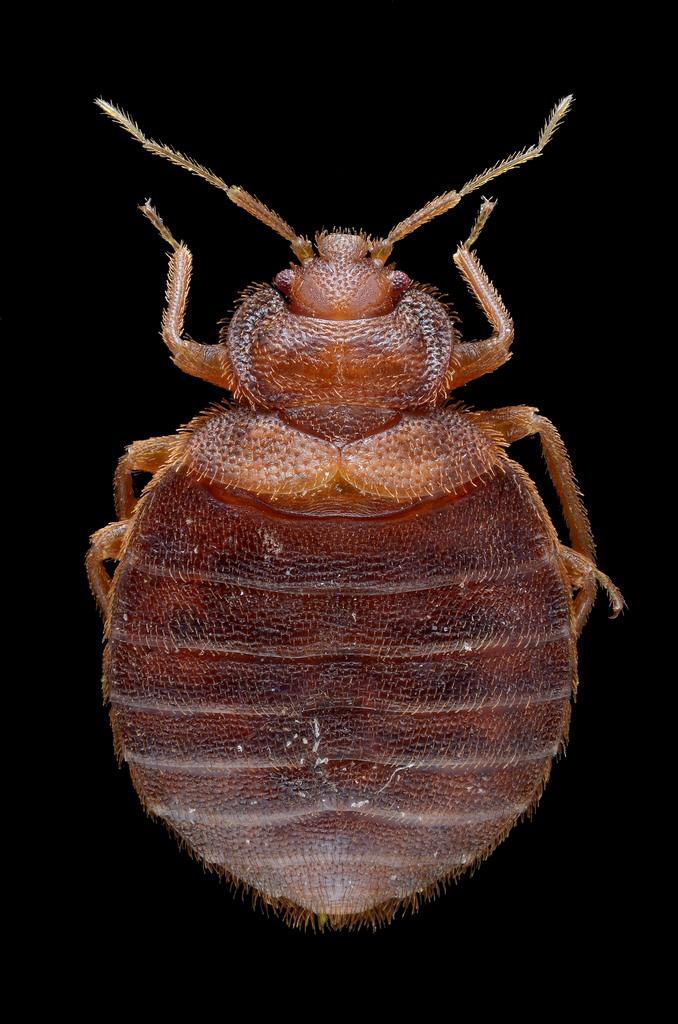 Bed bugs have been feasting on human blood for millennia. According to research by Warren Booth of the University of Tulsa in Oklahoma, the blood-sucking parasites are believed to have originated thousand of years ago in Middle Eastern caves that were inhabited by both humans and bats.
Bed bugs have been feasting on human blood for millennia. According to research by Warren Booth of the University of Tulsa in Oklahoma, the blood-sucking parasites are believed to have originated thousand of years ago in Middle Eastern caves that were inhabited by both humans and bats.
The study, published in the journal Molecular Ecology, describes how Booth and his team used genetic evidence to determine that bats were ancient hosts of the notorious insects that still infest human homes to this day. Booth analyzed DNA taken from hundreds of bed bugs collected from bat and human dwellings across thirteen European countries. The bat lineage demonstrated greater genetic diversity than the human variety, and appeared to date back to the days when humans and bats resided together in caves.
There are many references to bed bugs in ancient Roman, Greek and Egyptian literature dating back to the dawn of recorded history, and archaeologists have discovered fossilized bed bugs believed to be over 3,500 years old. Pliny the Elder, a Roman naval commander who died in 79 AD, noted in his encyclopedia Naturalis Historia that bed bugs were believed to possess medical value in treating common ailments like ear infections and snake bites.
As civilizations expanded around the world, the spread of bed bugs accelerated. They thrived and multiplied, as villages became towns and towns became cities. Italy was infested by 100 AD, and China by 600 AD. Bed bugs are mentioned in German literature of the 11th century and in French literature of the 13th century.
They were first mentioned in English literature in the 1500s, although they remained relatively unknown in Britain until the late 1600s when it’s thought the bugs were introduced to London with supplies from Europe used to restock and rebuild the city after the Great Fire of London in 1666.
Soon afterwards, they arrived in the Americas, hitching a ride across the ocean with early European explorers and settlers in the 1700s. Sailing ships were overrun with bed bugs, and passengers were often forbidden from bringing blankets on board in an attempt to control the problem. 18th century American colonial literature recounts serious infestations in Canada and the British colonies.
During World War II, bed bugs were a major health issue at US army bases, with fumigation using DDT and Zyklon (a cyanide-based pesticide) frequently being used to control the creatures. By the early 20th century, bed bugs were a common feature in British and American homes.
The surge in bed bug populations around the world was partly attributed to the emergence of electric heating, which enabled the bugs to survive indoors throughout the year. Warm interiors provide bed bugs with a comfortable year-round environment in which to feed and reproduce.
In the mid 20th century, bed bugs populations finally declined as stronger pesticides became widely available, public education and awareness of bed bugs improved, and professional pest exterminators discovered alternative methods of control. However since the 1980s there has been another resurgence in bed bug activity, mainly due to increased international travel, pesticide bans, and increased bed bug resistance to common chemicals.
If you really want to get rid of bed bugs today try SayByeBugs! It was developed as a safe and highly effective alternative among a sea of products that rarely deliver on their promises.








